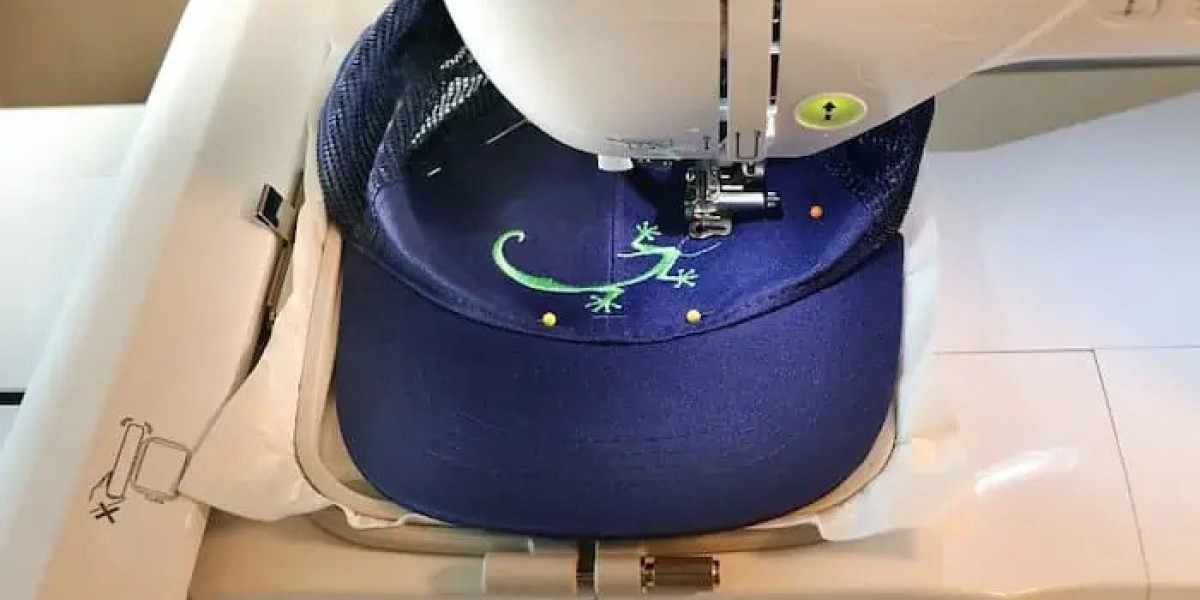Summary:Pouring flecks of rust into water usually makes it dirtier. But researchers have developed special iron oxide nanoparticles called ‘smart rust’ that actually makes it cleaner. The magnetic nanoparticles attract different pollutants by changing the particles’ coating and are removed from water with a magnet. Now, the team is reporting a smart rust that traps estrogen hormones, which are potentially harmful to aquatic life.
Smart Rust Nanoparticles: A Revolutionary Approach to Water Purification
Introducing contaminants like rust into water usually makes it impure. However, scientists have developed a novel variant of iron oxide nanoparticles termed “smart rust” that has the reverse effect, purifying water. With the capability to attract a wide range of substances like oil, nano- and microplastics, and even the herbicide glyphosate, the properties of smart rust can be fine-tuned according to the pollutants. What makes these nanoparticles even more intriguing is their magnetic nature, which allows for easy extraction from water using magnets, effectively removing pollutants. The recent enhancement to this technology enables it to also capture potentially harmful estrogen hormones that could detriment aquatic life.
The findings will be showcased in the upcoming American Chemical Society (ACS) fall meeting.
Marcus Halik, Ph.D., the leader of the project, elaborated on the advantages of smart rust, emphasizing its cost-effectiveness, harmlessness, and recyclability. “We have showcased its potential across various pollutants, signaling a significant potential to revolutionize water treatment methodologies,” said Halik.
Halik’s team, based at Friedrich-Alexander-Universität Erlangen-Nürnberg, has been deeply involved in devising eco-friendly methods for water purification. The fundamental ingredient they employ is superparamagnetic iron oxide nanoparticles. These nanoparticles display an attraction towards magnets without sticking to each other, ensuring they remain dispersed.
To render them “smart,” they were layered with phosphonic acid molecules, which Halik analogized to hairs protruding from the nanoparticles. By tweaking the attachments on the phosphonic acids, the team could enhance the nanoparticles’ capability to attract diverse pollutants.
Earlier iterations of the smart rust proved effective in purifying Mediterranean Sea water off crude oil and pond water of glyphosate. It was also successful in eliminating nano- and microplastics from both lab and natural river samples.
Lukas Müller, a doctoral candidate, extended the application of smart rust to target trace impurities, like hormones. The challenge was these hormones, natural and synthetic estrogens from human and livestock waste, exist in minute amounts in the environment. Though their concentration is low, their presence has been linked to metabolic and reproductive anomalies in some species.
Müller detailed his strategy of using two distinct compounds to coat the iron oxide nanoparticles, capitalizing on the estrogen molecule’s structure. He believes that these coatings create numerous “pockets” that entrap the estrogens.
The team is using sophisticated instrumentation to corroborate the existence of these pockets. Preliminary observations are promising, but more in-depth studies are underway.
Halik’s team is enthusiastic about future tests in real-world scenarios and the recyclability of these nanoparticles. With their vast surface area and numerous pockets, they envision multiple reuses, leading to an economical and sustainable water purification method. “This method’s environmental footprint could be minimal given the recyclability of these nanoparticles,
Video: https://youtu.be/R3l28NOLzSU
The researchers acknowledge support and funding from the German Research Foundation, the German Federal Environmental Foundation and Friedrich-Alexander-Universität Erlangen-Nürnberg.
Story Source:
Materials provided by American Chemical Society. Note: Content may be edited for style and length.
American Chemical Society. “Cleaning water with ‘smart rust’ and magnets.” ScienceDaily. ScienceDaily, 16 August 2023. <www.sciencedaily.com/releases/2023/08/230816114201.htm>.








